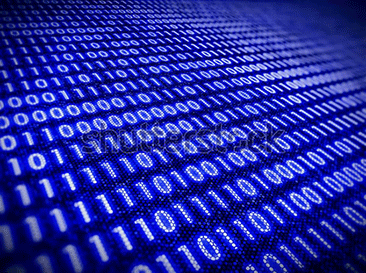
Digital Information
Students will explore the ways that digital information is encoded, represented and manipulated.
Topic
Lesson
Sending Binary Messages
Encoding B&W Images
| Home | Devil's Digest | Teacher Training | Class Collaboration | Technology Classes |
 |
Digital Information Students will explore the ways that digital information is encoded, represented and manipulated. |
||||||
| Chapter 1: Representing & Transmitting Information | |||||||
Topic
|
Purpose | Lesson
|
|||||
| U1Ch1L1: Welcome to CSP! "Shark Tank!" | Students will develop an innovative technological idea and present to a group of investors. | Click Here. | |||||
| Log on to Code.org | Go to the class page. Copy the class code. Go to Code.org and paste the code to enter class. The teacher will provide you with your initial password, please feel free to change it. | Click Here. | |||||
| U1Ch1L2: Sending Binary Messages |
Students will develop a device & a process to send a binary message across a classroom to their partners. | Click Here. | |||||
| U1Ch1L3: Patterns & Protocols. | Students will analyze patterns and develop protocols. | Click Here. | |||||
| U1Ch1L4: Binary_ Calculate Numbers | Students will calculate with binary numbers using a Flippy Do chart. | Click Here. | |||||
| U1Ch1L5: Overflow & Rounding | Students will explore the limitations or representing numbers with bits. | Click Here. | |||||
| U1Ch1L1: Bytes and File Sizes | Students are introduced to the standard units for measuring the sizes of digital files: bytes, kilobytes, megabytes, gigabytes, etc. | Click Here. | |||||
| U1Ch1L2: Text Compression | Students will learn how to compress data so that they can send a large amount of information faster. | Click Here. | |||||
| U1Ch1L3: Encoding B&W Images |
Students will use different methods to encode digital images in binary which will require the use of metadata and pixel data. | Click Here. | |||||
| U1Ch1L4: Encoding Color Images | Students will encode images using the RGB color scheme. They will also learn how to encode using a hexadecimal notation for larger groupings of binary digits. | Click Here. | |||||
| U1Ch1L5: Lossy vs. Lossless | Students will learn the difference between lossy and lossless compression. | Click Here. | |||||
Questions? jharrington@sthelenaunified.org